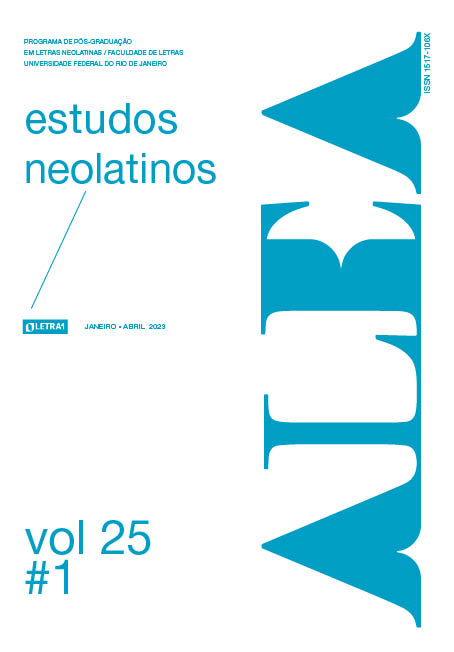Basilisk – the History of the Legend
Abstract
The article traces the development of the legendary features of one of the most menacing creatures of Graeco-Roman antiquity, i.e., the basilisk. The authors refer to the earliest description (Nicander of Colophon), where the basilisk’s extraordinary features are “limited” (it cannot yet kill with its sight, breath or hiss). Later depictions, however, do endow the creature with these abilities. The authors aim to demonstrate that various corruptions of the source texts have occurred in the transmission of the content. Later the creature’s characteristics were exaggerated and dramatized. The pre-existing topoi depicting other dangerous creatures and their venomousness – after their import and adaptation – have further embellished the basilisk’s description. Some mutually exclusive qualities have even been combined. Due to textual errors some features (ill-fitting to the convention of this creature’s characterisation) have appeared, i.e., the power to crack rocks. The authors try to establish how such mistakes might have happened.
Published
Issue
Section
License
THE AUTHOR/S confirm/s his, her or their participation in all stages of work preparation: 1) Conception, project, bibliographical research, analysis and interpretation of data; 2) Writing and reviewing the manuscript; 3) Approval of the final version of the manuscript for publication; 4) Responsibility for all aspects of the work and guarantee for the accuracy and integrity of any part of the work. The submission of works implies the immediate cession, without onus, by all authors, of publication rights to the journal Alea, licensed under CC BY (https://creativecommons.org/licenses/by/4.0/). The authors are fully responsible for the content of the article and continue to hold all copyrights for subsequent publications of it, and should, if possible, include the reference to the first publication in the journal. Alea does not commit to returning received contributions. Authors of articles, reviews or translations will receive a copy of the journal.

